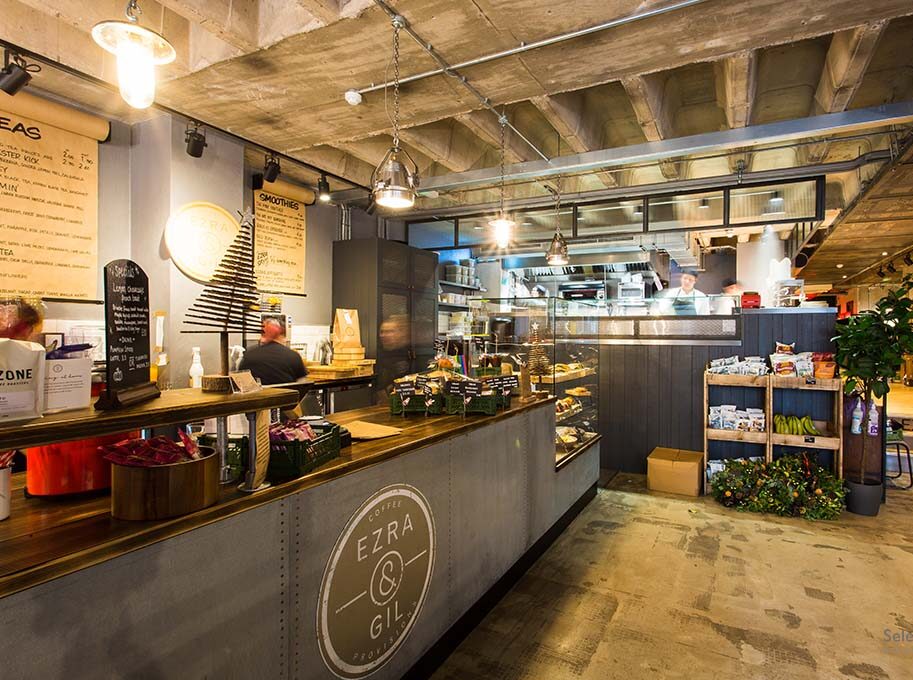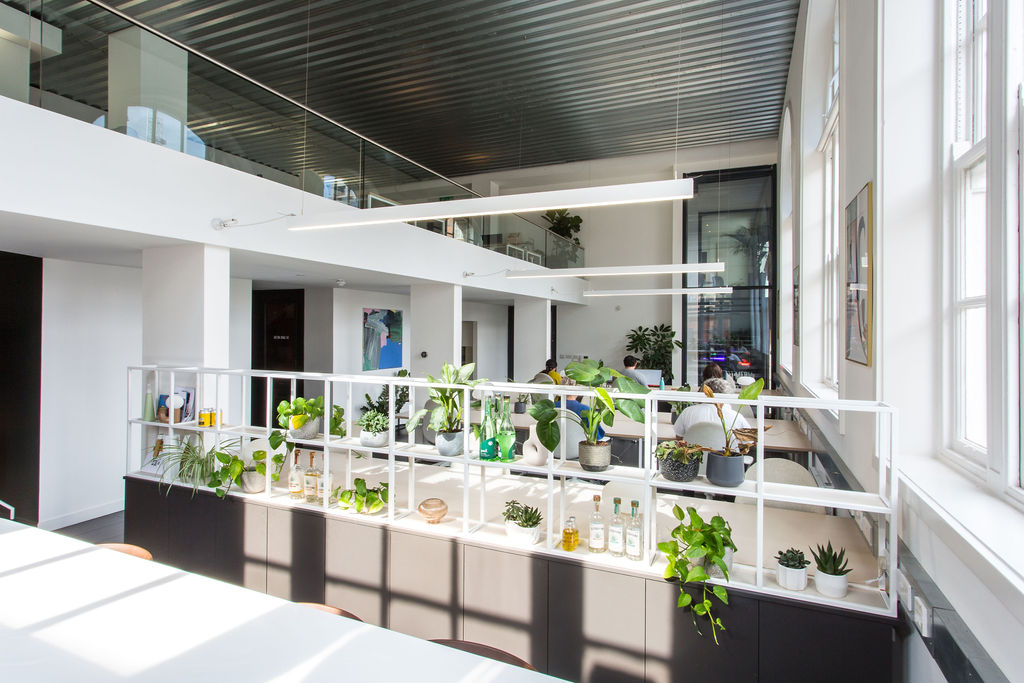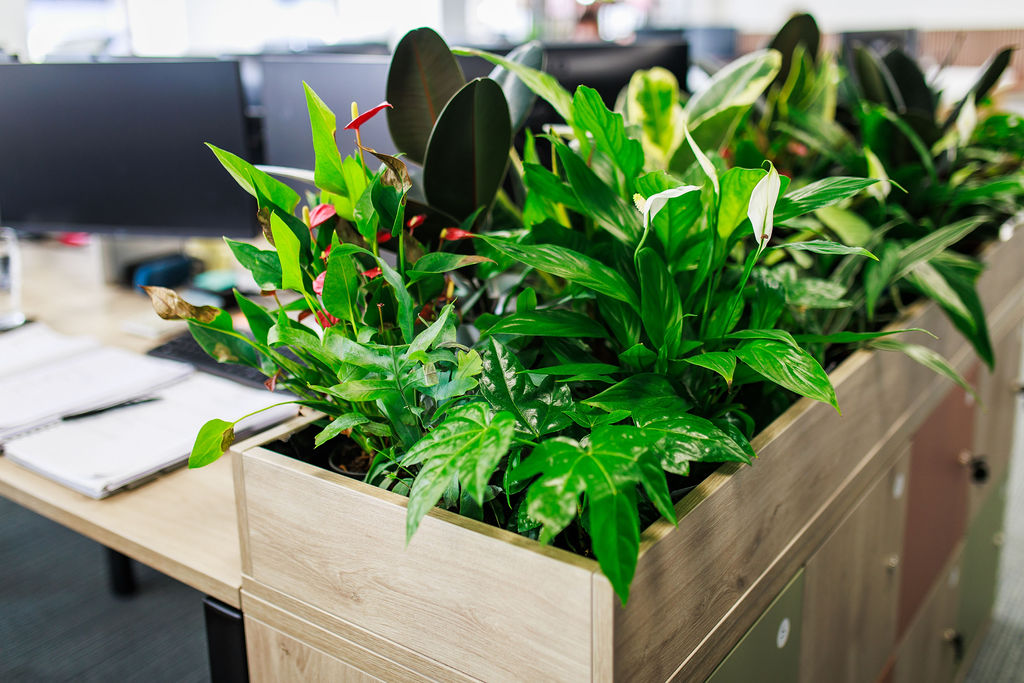Thinking of small office design ideas can be challenging, but it’s also an opportunity to maximise productivity and create an inviting atmosphere. A well-thought-out office design can significantly boost employee satisfaction, focus, and efficiency—even when space is at a premium. The key is to employ creative and practical design strategies to transform the area into a visually open and inspiring workspace. By incorporating techniques such as mirrors, optimised lighting, and strategic colour schemes, you can effectively create the illusion of a larger, more open space that feels comfortable and functional.
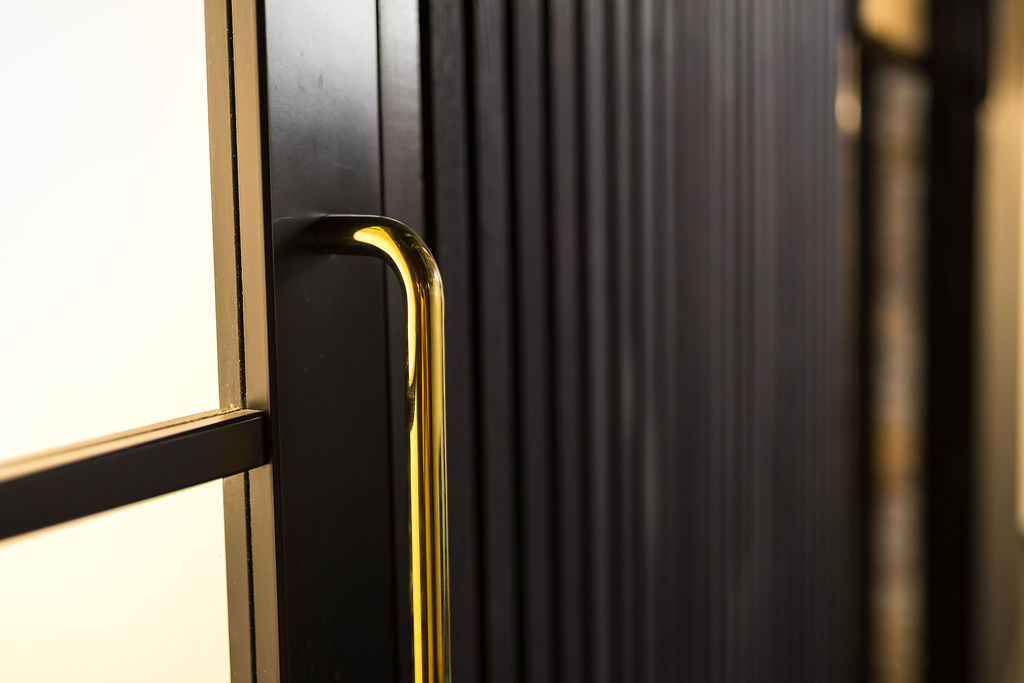
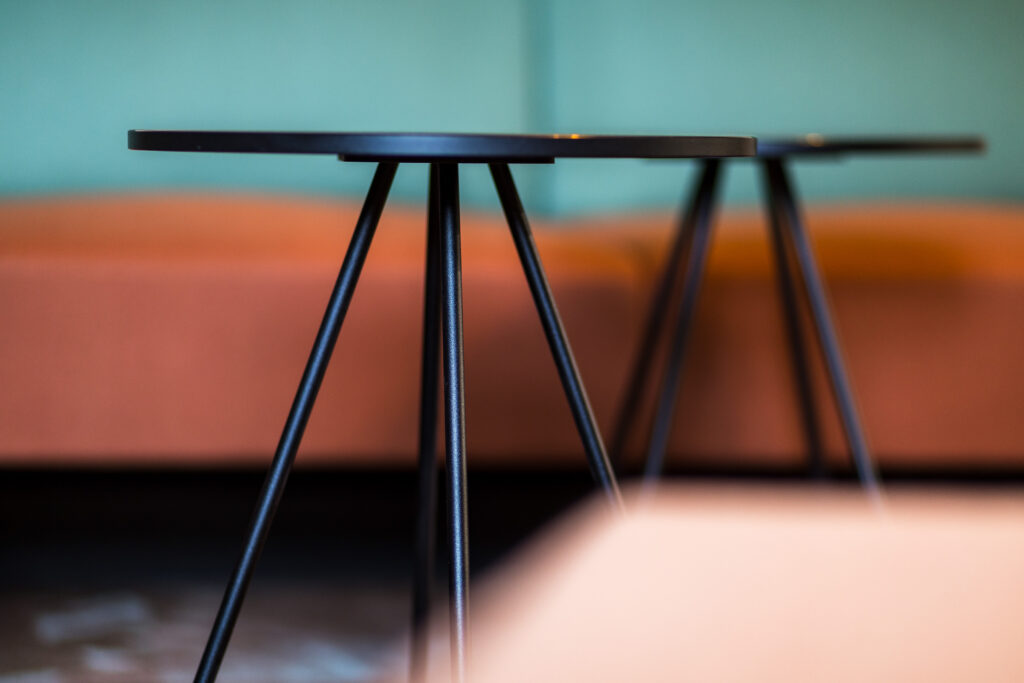
The magic of mirrors
Why mirrors work
Mirrors are one of the simplest yet most powerful small office design ideas for making small spaces feel larger. By reflecting light and adding depth, mirrors create the illusion of expanded dimensions. Their ability to visually “double” the room’s light and space makes them indispensable in small office design.
Strategic placement tips
- Opposite windows: Placing mirrors directly across from windows helps amplify natural light and spread it evenly across the space.
- Large, wall-mounted mirrors: A single, oversized mirror can act as a focal point while giving the impression of an extended wall.
- Mirrored furniture: Subtle details, such as mirrored desks or cabinets, can enhance light reflection and create a cohesive design without overwhelming the room.
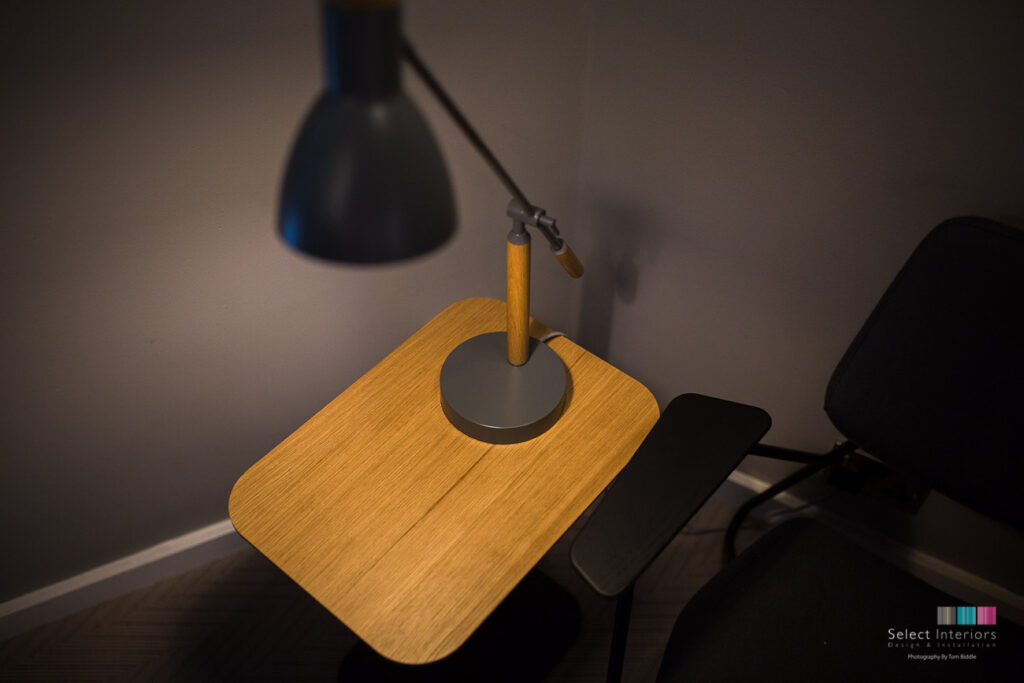
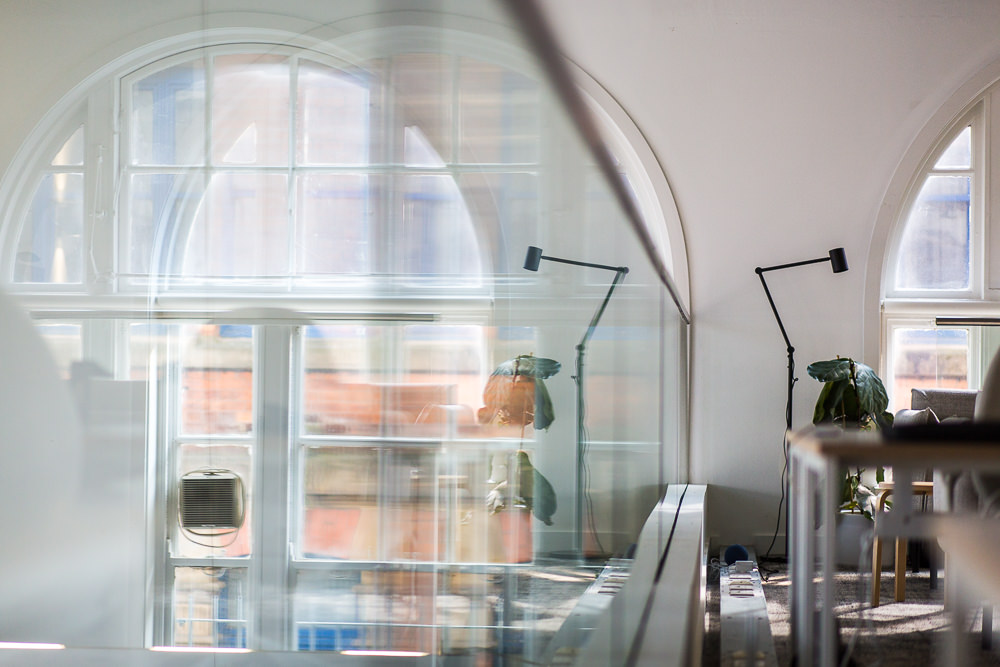
Lighting: A key design element
Natural light
Maximising natural light is a cost-effective way to enhance the look and feel of a small office. Sunlight not only makes spaces appear larger but also improves mood and productivity. Avoid heavy window treatments that block light; choose options like sheer curtains, blinds, or frosted glass for privacy without sacrificing brightness.
Artificial lighting
In addition to natural light, artificial lighting plays a critical role in creating an open and welcoming environment. Layered lighting ensures that all areas of the office are evenly illuminated:
- Ambient lighting: This is your primary light source, usually provided by overhead fixtures.
- Task lighting: Specific lights for workstations, such as adjustable desk lamps, provide focused illumination for tasks.
- Accent lighting: These lights highlight decor elements, architectural details, or key areas, adding visual interest and depth.
Small Office Design Ideas – Pro tip: Use upward-facing lights, such as wall sconces or torchiere lamps, to draw attention to the ceiling and make it appear higher, adding to the sense of spaciousness.
Colour schemes that expand the space
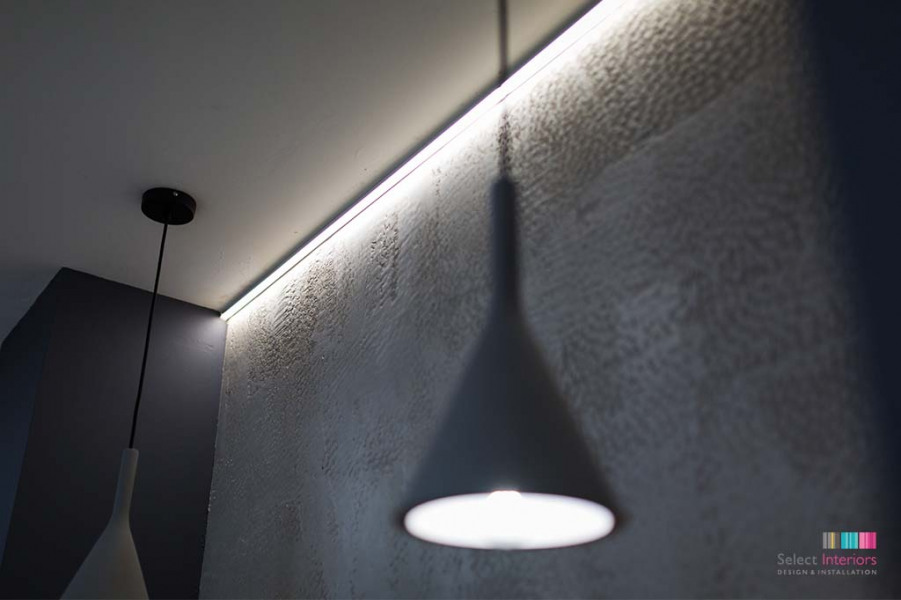
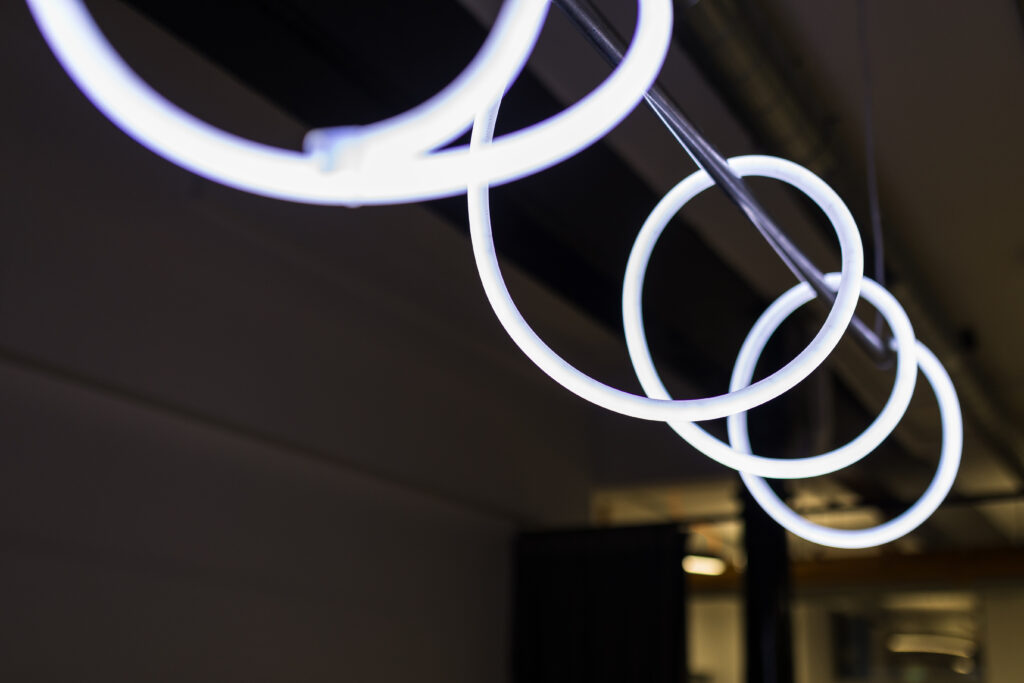
The power of light colours
Light colours—such as whites, pastels, and soft neutrals—create an airy, open feel by reflecting light throughout the room. Adding reflective finishes like glossy paint or metallic accents can further enhance this effect, ensuring the space feels bright and uncluttered.
Accent colours for depth
Introducing accent walls or decor in darker or bolder colours can provide depth and dimension without overwhelming the room. For example, a navy or charcoal accent wall behind a workstation can add contrast while maintaining the overall light and open theme. Consider using colour psychology to enhance functionality: blue promotes calm and focus, while green stimulates creativity and innovation.
Monochromatic palettes
Monochromatic colour schemes—using different shades of the same colour—create a seamless and harmonious look. This approach eliminates visual clutter, helping small spaces feel cohesive and expansive. Mixing textures and finishes within the same colour family adds interest without breaking the flow of the design.
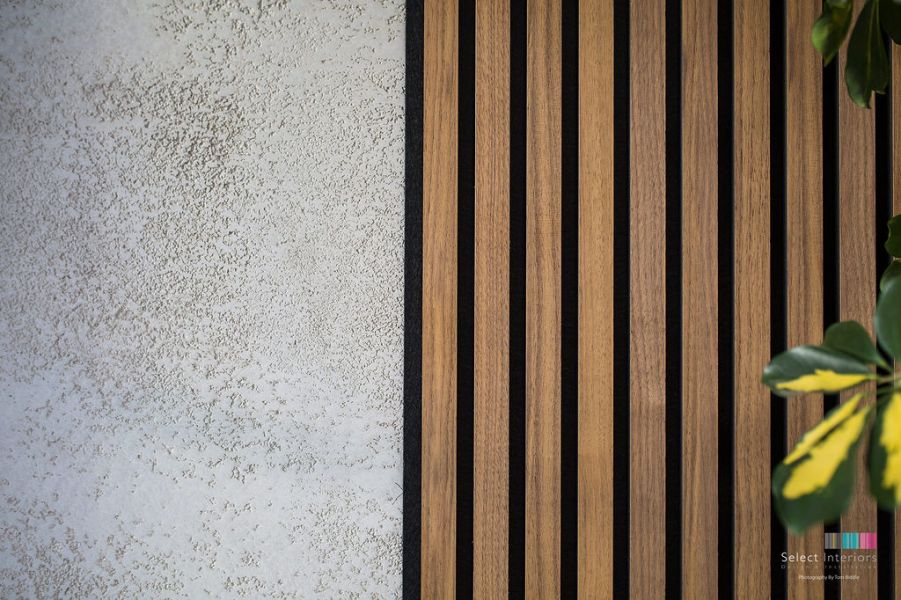
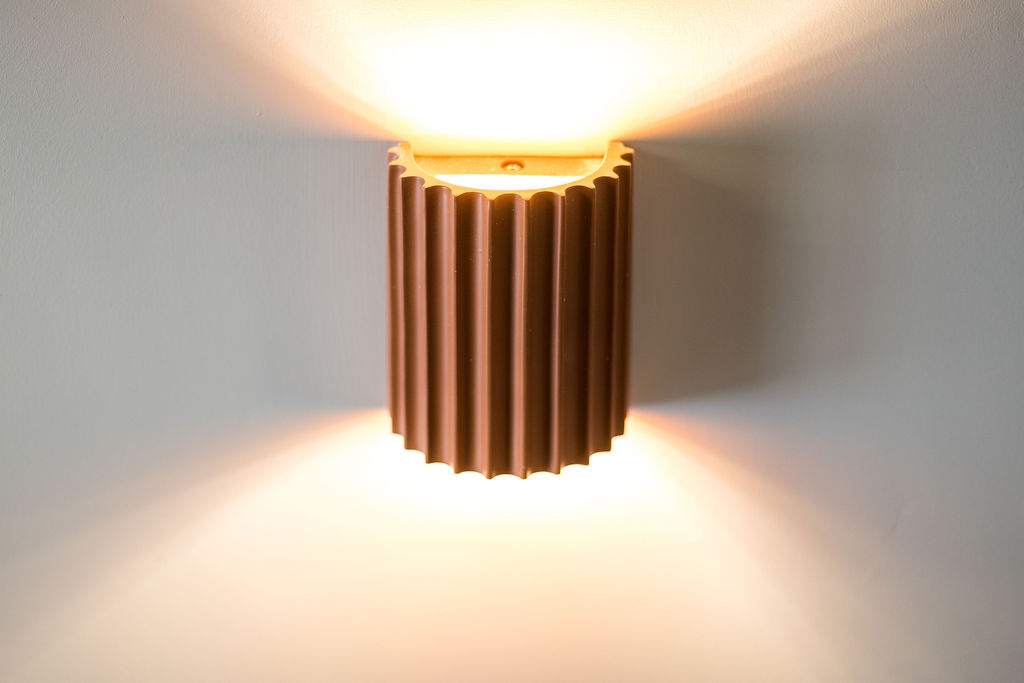
Combining the elements for maximum impact
The most effective designs cohesively integrate mirrors, lighting, and colour schemes to create a unified and spacious environment. Here are a few practical tips:
- Position a large mirror to reflect natural light from a nearby window onto a neutral-coloured wall.
- Combine ambient and task lighting to eliminate shadows and brighten every corner of the office.
- Use a monochromatic palette with subtle accents to maintain visual simplicity while adding character.
Balance is essential—overusing any single element can lead to clutter or a mismatched look. Aim for a harmonious blend that enhances both functionality and aesthetics.
Coming up with small office design ideas doesn’t have to be daunting. You can transform even the tightest spaces into visually expansive, productive, and inviting work environments by leveraging mirrors, optimised lighting, and strategic colour schemes. These cost-effective techniques not only improve the office’s appearance but also contribute to a more pleasant and motivating atmosphere for employees.
Ready to transform your small office? Contact us today for expert advice and innovative design solutions tailored to your needs!

